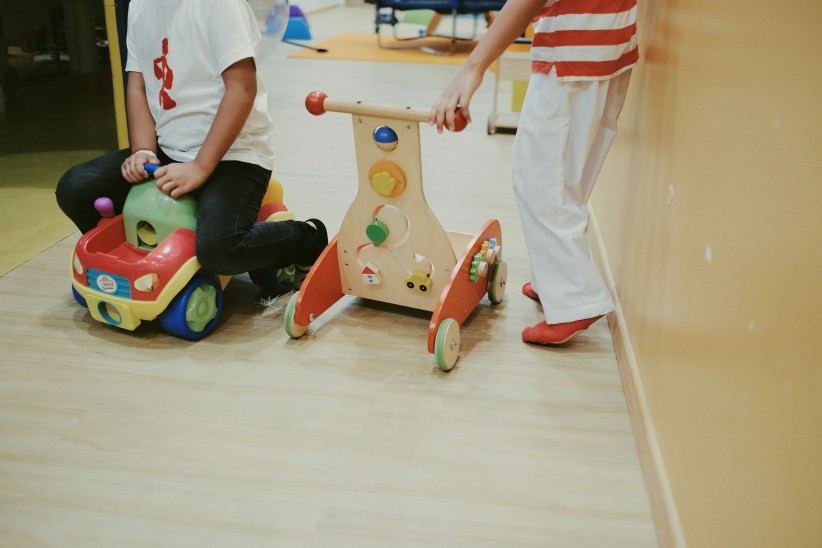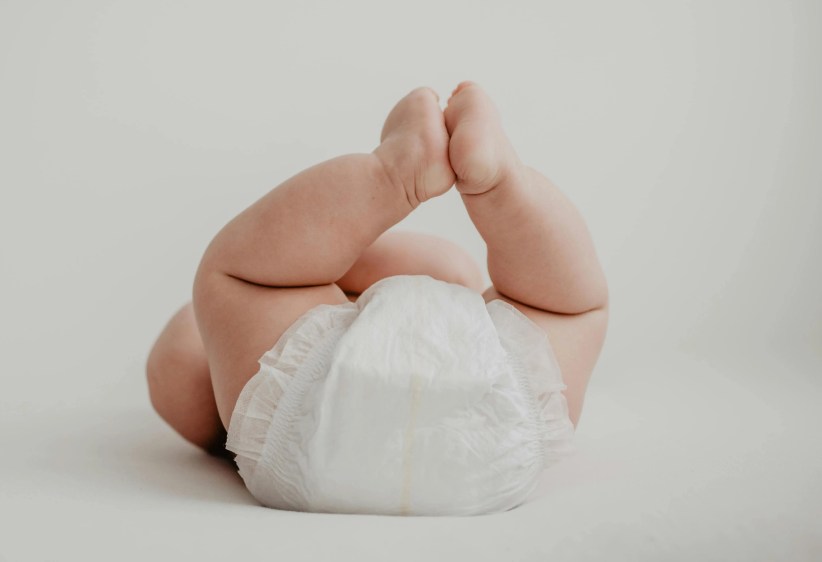 Movies, TV, and friend’s stories often portray birth as a painful and arduous experience. From the repetition of these external influences, it is understandable how there is little space left to believe that birth is not necessarily painful. Could this preconceived idea of the pain of labor actually cause more pain? Imagine if all you heard was that birth was a pleasant, beautiful, enlightening event?
Movies, TV, and friend’s stories often portray birth as a painful and arduous experience. From the repetition of these external influences, it is understandable how there is little space left to believe that birth is not necessarily painful. Could this preconceived idea of the pain of labor actually cause more pain? Imagine if all you heard was that birth was a pleasant, beautiful, enlightening event?
A recent report from NPR explores the brain’s response to pain. David Linden, a professor of neuroscience at Johns Hopkins University explains: “Our perception of pain is shaped by brain circuits that are constantly filtering the information coming from our sensory nerves. The brain can say: ‘Hey that’s interesting. Turn up the volume on this pain information that’s coming in. Or it can say, ‘Oh no—let’s turn down the volume on that and pay less attention to it.’”
As Linden acknowledges, we have some control over our perception of pain. One way to help lessen the experience of pain is to be mindful of who is around us during potentially uncomfortable moments. Linden says “positive emotions,” like feeling calm and safe and connected to others,” can minimize pain. But negative emotions tend to have the opposite effect. In preparing for childbirth, it may be beneficial to examine who are the support people involved. Are they able to offer comfort, confidence and help create a calming environment? Or will they manifest a sense of dis-ease, negativity and anxiety to the experience? Also, the personal messages that circulate in your mind can “turn up the volume” of pain or “lower the volume.” If you continuously think: “This is horrible and the worst thing I have ever done!” you are more likely to perceive than if you think: “I am okay. My body is okay. My baby is okay. This will pass.”
The fear, tension, pain cycle reflects the idea Linden speaks about. When the volume is loudly blasting in your head about how painful a situation is or will be, this can cultivate strong fear. When the body is in a state of fear, the physiological response is “fight or flight;” muscles tense, adrenaline spikes, and pupils dilate. The tension this creates will heighten the sense of pain. And it becomes a vicious cycle. Again, exploring ways to “turn the volume down,” may help remove the fear of pain and perhaps lessen it.
One final way we can lessen the perception of pain, though not sited in the article, but worthy of discussing is the “gate theory of pain management.” Before pain messages reach the brain, those messages encounter “nerve gates” in the spinal cord that open or close depending upon a number of factors (including instructions coming from the brain). When the gates are open, pain messages “get through” more or less easily and pain can be intense. When the gates close, pain messages are prevented from reaching the brain and may not even be experienced. Simply, the brain can only process so many signals at a time. In terms of pain management for childbirth, we can “close” the gates with the use of sensory stimulation – such as heat, cold, water in a bath/shower, firm pressure, intradermal water blocks, Transcutaneous electrical Nerve Stimulation (TENS) and massage.
While the article I have chosen to discus is titled “Pain Really Is All In Your Head And Emotion Controls Intensity,” I am in no way trying to diminish or invalidate the pain many people experience during childbirth. I am simply trying to point out, by reexamining one’s emotional relationship to discomfort and the community with which we surround ourselves, there is the possibility of lessening our perception of pain and creating a more enjoyable experience.
Debra Flashenberg is the founder of the Prenatal Yoga Center. She is a certified doula, Lamaze coach, midwife, and certified vinyasa yoga instructor. She is continuously in awe of the beauty and brilliance of birth and is the proud mother of baby boy Shay. Visit prenatalyogacenter.com for more info!






















